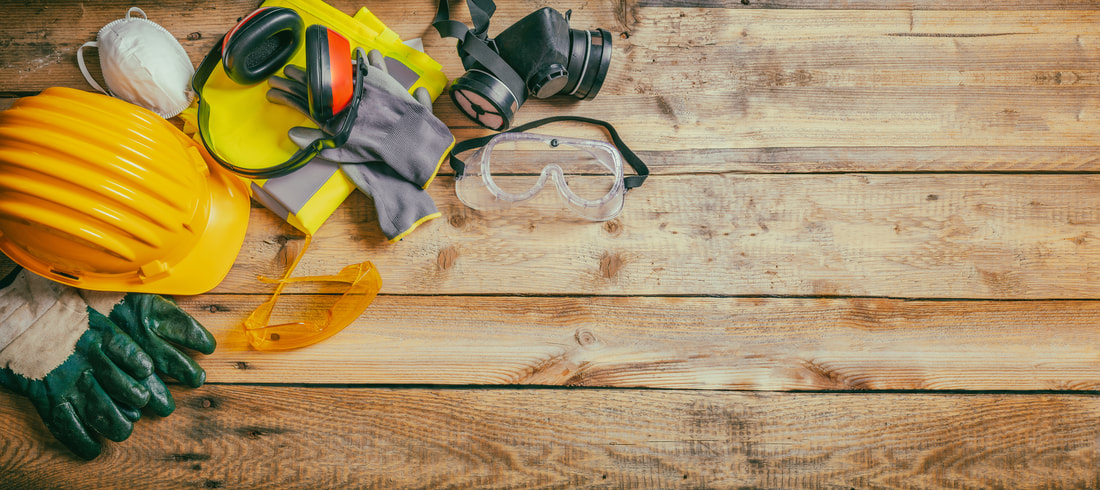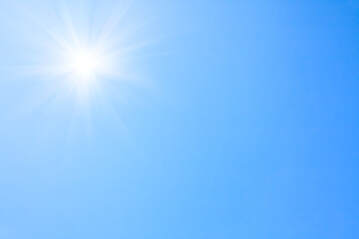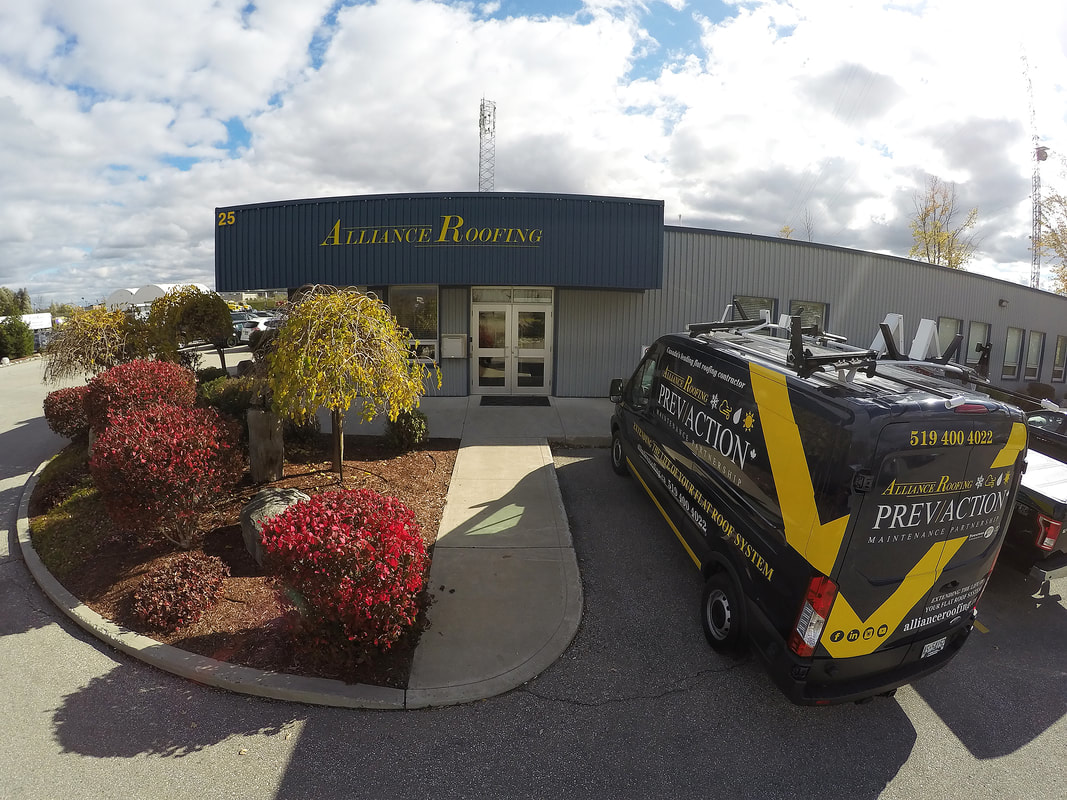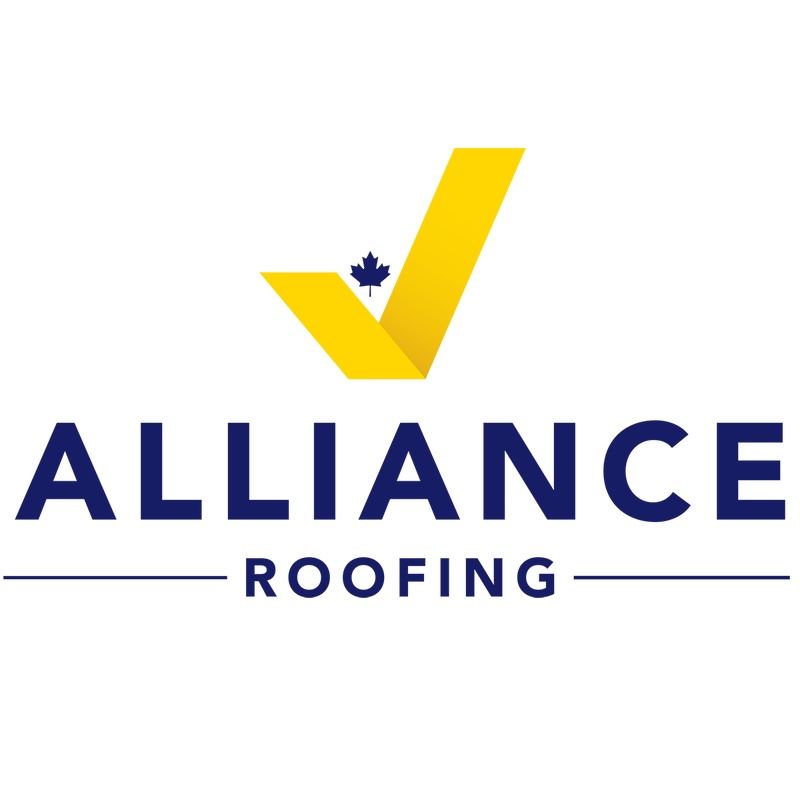|
Some useful tips from our Health & Safety Coordinator on how to inspect your PPE!
Hard hat: the shell and the suspension should be inspected before each use for signs of cracks, dents, penetration and damage due to impact, rough treatment or wear that might reduce the degree of protection. Safety boots: Inspect footwear for damage - cracks in soles, breaks in leather, or exposed toe caps. Repair or replace worn or defective footwear asap. Hi viz Safety vest: Keep your high-visibility apparel clean and well-maintained. Replace the vest when there are signs of wear and tear, rips, or contamination as it will no longer be able to provide acceptable levels of visibility. Safety glasses: Look for any broken pieces or cracks. Even a small crack can cause eyewear to fail to provide the protection. Keep them clean, store them in a clean dry place and avoid rough handling that can scratch lenses. Harness: Check for cuts, swelling, damage and wear due to use, to heat, and to contact with chemicals. Check the leg loops and shoulder straps; be sure to check the areas hidden by the buckles. Check for rust, wear and tear and check the condition of the safety stitching on both sides. Look for any threads that are loose, worn, or cut. The safety stitching is identified by thread of a different color than that of the webbing. Lanyard: Check the lanyard for wear, damage, kinks, broken strands, corrosion, abrasion and other deterioration. All snap hooks and carabiners must be able to self-close and lock. All webbing and rope must be inspected for tears, cuts, fraying, abrasion, discoloration, or other signs of wear and damage. Rope grab: Rope grabs must move freely up and down vertical lifelines. Inspect for physical damage, cracks, wear and corrosion. Check springs for damage or loss of tension. Check locking mechanism. Check that all parts move freely. Check rivets for damage, cracks, wear, or corrosion. Inspect for faulty components and broken or missing springs. Life line: Grab the rope with both hands and rotate the lifeline. Inspect strands from end to end. Check inner strands for signs of damage, deterioration or chemical deterioration. Check for cuts, broken, fuzzy or worn fibers, modifications, fraying/abrasions, hard, shiny spots or fused fibers/strands due to heat damage. Check for kinks, or knots, discoloration of rope & brittle fiber. Summer is well underway and that means it's hot, hot, hot on those roofs! During the month of June, we focused our weekly safety talks on Sun Related Illnesses and Sun Safety.
Preventing heat related illnesses: PROTECT YOURSELF: Sometimes working conditions can create the possibility that heat illness could occur, these include air temperature, relative humidity, radiant heat from the sun, and other sources like equipment, conductive heat sources such as the ground, air movement, work load severity and duration. Make sure your clothing is appropriate: breathable, loose fitting and light coloured clothing such as cotton. Cotton can be soaked in water to aid cooling. Avoid non-breathable synthetic clothing. Drink water frequently. Drink enough water that you never become thirsty. Sip 1 cup of water every 15 – 20 minutes. Remember drinking large quantities of water, does not adequately replace the body's salt loss. Watch for signs, designate a buddy and ask them how they are feeling. When you recognize signs of heat illness in yourself or in a co-worker: o Move them to a shaded area for a recovery period of at least five minutes o Provide pure, cool water (as much as needed) o Do not leave person, monitor individual until recovery is evident o If the condition appears to be severe or the employee does not recover, then emergency medical care is needed. PREVENTING HEAT-RELATED ILLNESSES: Heat Rash: Wash regularly to keep skin clean and dry Heat Cramps: Reduce activity levels and heat exposure. Cramps may occur during or after work hours. So monitor yourself, if you experience any of these symptoms after work, you should act appropriately. Get medical attention if needed. Fainting: Reduce activity levels and heat exposure. Drink fluids regularly. Move around and avoid standing in one place for too long. Workers should check on each other to help spot the symptoms that often precede heat stroke. Heat Exhaustion: Reduce activity levels and heat exposure. Drink fluids regularly. Workers should check on each other to help spot the symptoms that often precede heat stroke. Heat Stroke: Reduce activity levels and heat exposure. Drink fluids regularly. Workers should check on each other to help spot the symptoms that often precede heat stroke. |
ALLIANCE ROOFINGAlliance Roofing is Canada's leading flat roofing contractor. Archives
August 2023
Categories |




 RSS Feed
RSS Feed
